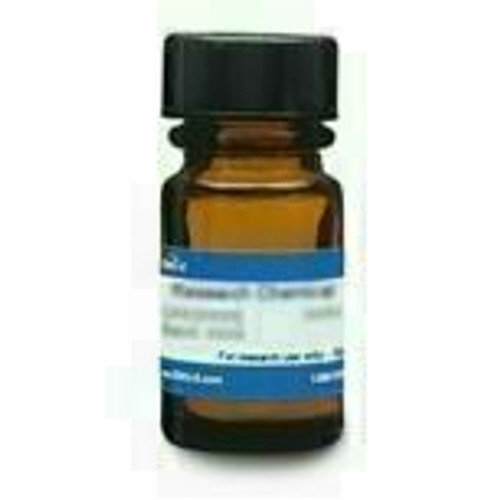Pivmecillinam Hydrochloride undergoes hydrolysis in vivo to produce the parent compound, Mecillinam, a broad-spectrum beta-lactam antibiotic and amidinopenicillin. It is used against Gram-negative bacteria implicated in urinary tract infections.
| Mechanism of Action | Pivmecillinam Hydrochloride is a biologically inactive pivaloyloxymethylpenicillin ester that is hydrolysed in the gut to the active component, Mecillinam. The addition of the pivalate ester enhances antibiotic absorption.
β-lactams interfere with penicillin binding protein (PBP) activity involved in the final phase of peptidoglycan synthesis. PBP’s catalyze a pentaglycine crosslink between alanine and lysine residues providing additional strength to the cell wall. Without a pentaglycine crosslink, the integrity of the cell wall is severely compromised and ultimately leads to cell lysis and death. Resistance to β-lactams is commonly due to cells containing plasmid encoded β-lactamases. |
| Spectrum | Pivmecillinam Hydrochloride targets primarily Gram-negative bacteria involved in urinary tract infections. It is active against E. coli with < 2% of these isolates exhibiting resistance. It is also effective against members of the Enterobacteriaceae and fluoroquinolones-resistant Shigella species. |
| Molecular Formula | C21H33N3O5S ∙ HCl |
| References |
Nicolle LE (2000) Pivmecillinam in the treatment of urinary tract infections. J Antimicrob. Chemother. 46 Suppl A:35-39 PMID 10969050 Parsons RL, Hossack GA and Paddock GM (1977) Pharmacokinetics of Pivmecillinam. Br. J. Clin. Pharmacol. 4(3):267-273 PMID 197981 Taneja N and Mewara A (2016) Shigellosis epidemiology in India. Indian J. Med.Res. 143(5):565–576 PMID 27487999 |







